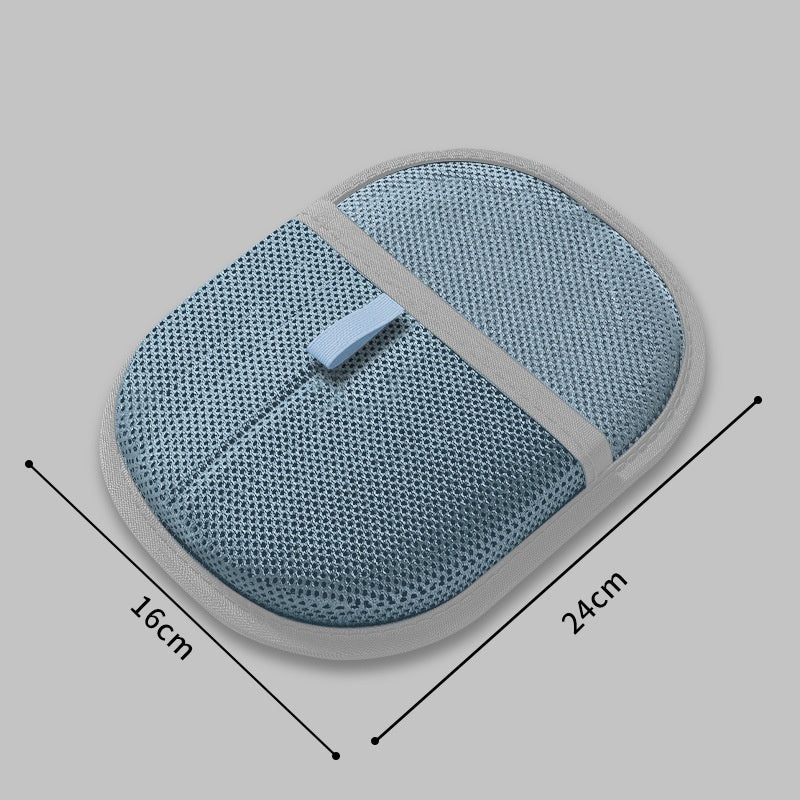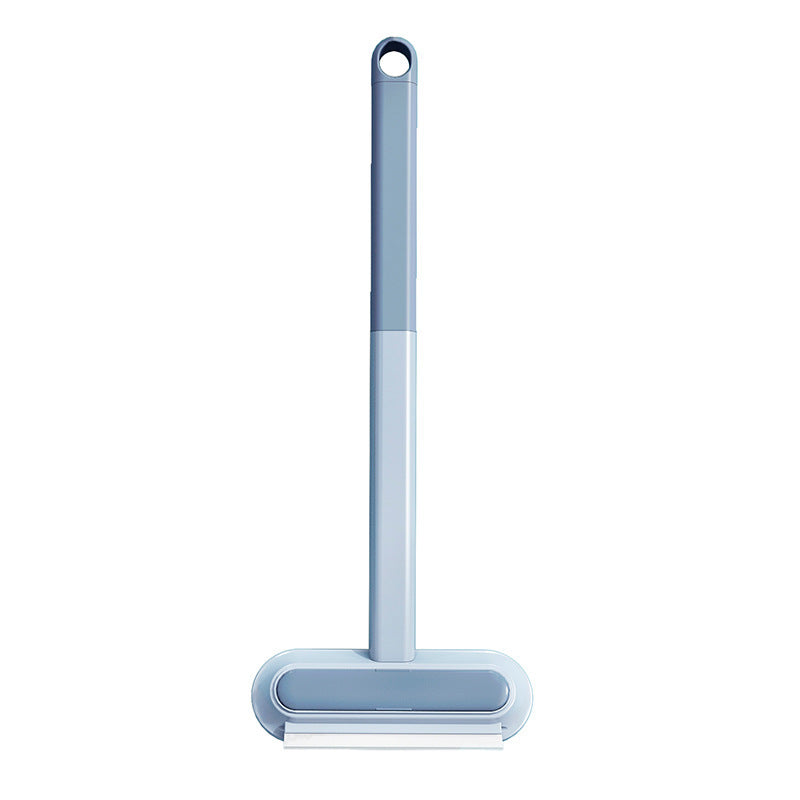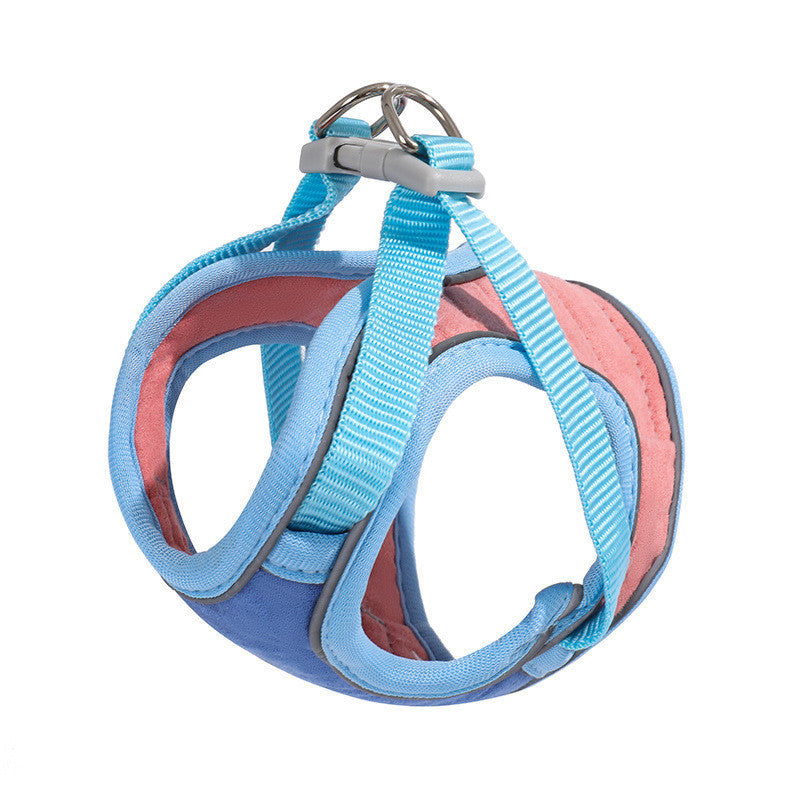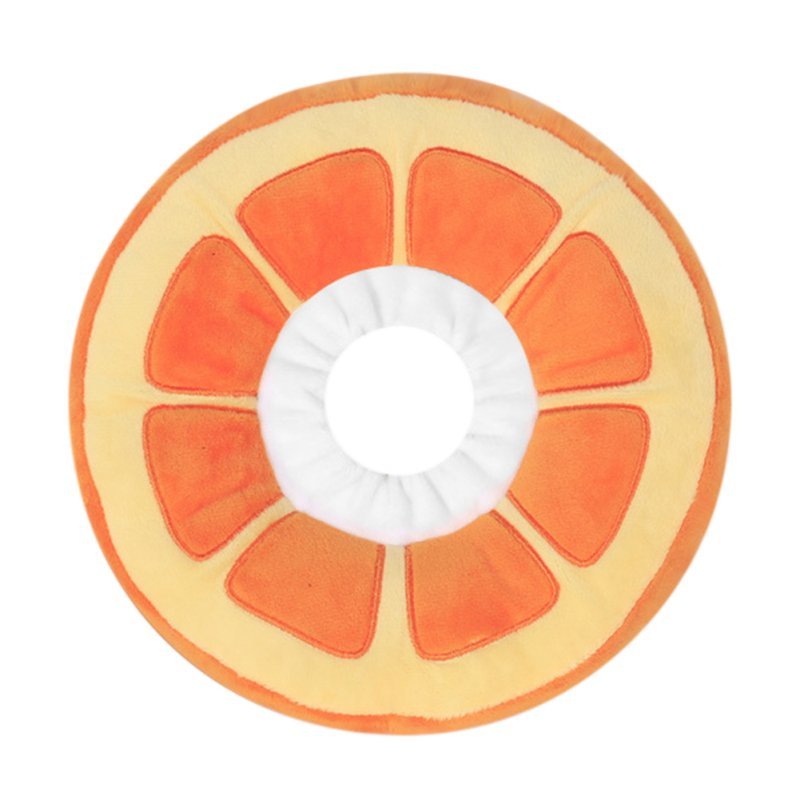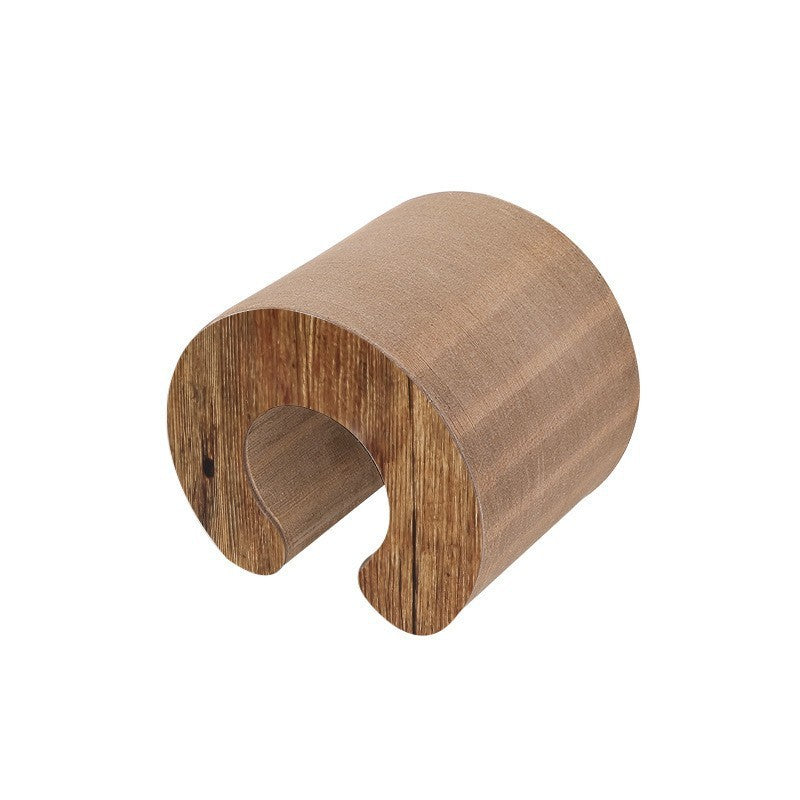Keep your cat fit, happy, and thoroughly entertained without spending a fortune or maxing out your credit card on the latest feline gadgets.
The Critical Importance of Play for Feline Health
Smart and Affordable Playtime Hacks
- DIY Feather Wand Magic - Transform a simple chopstick, some string, and craft store feathers into the ultimate hunting simulator. Attach feathers to a 30-50cm string tied to the chopstick, then wave it like wounded prey.
Vary the movement: quick darts, slow stalks, and sudden stops to trigger your cat's predatory instincts. The unpredictable movement patterns will have your cat leaping, pouncing, and going absolutely wild with excitement.
Pro tip: Store feathers in a sealed container with a small amount of catnip to make them even more irresistible.
- Cardboard Box Obstacle Course Adventure - Those Amazon delivery boxes aren't just packaging. They're potential cat entertainment gold mines! Stack boxes to create tunnels, jumps, and cosy hiding spots. Cut entrance and exit holes at different heights, add crumpled paper balls inside for extra sensory stimulation, and create multiple levels for climbing challenges.
Enhancement ideas: Tape boxes together for stability, add dangling toys inside tunnels, or create a "mouse hole" opening just big enough for paws to reach through.
- Ping Pong Ball Chase Extravaganza - Drop a few ping pong balls into a bathtub, empty hallway, or large cardboard box and watch your cat transform into a professional athlete. The unpredictable bouncing patterns and satisfying sound effects provide endless entertainment. For extra excitement, try different types of lightweight balls. Practice golf balls, foam balls, or even scrunched-up aluminium foil.
Safety note: Always supervise this activity and remove balls when play session ends to prevent choking hazards.
- Toilet Roll Treat Maze Challenge - Cut strategic slits into empty toilet rolls and thread treats or kibble inside, creating an engaging puzzle that rewards problem-solving with delicious payoffs. Vary the difficulty by making some openings larger and others smaller, or stuff the rolls with different textures like tissue paper or hay.
Variations: Use paper towel rolls for larger cats, or create a pyramid of treat-filled rolls for increased difficulty.
- Strategic Laser Pointer Sessions - A low-powered laser pointer provides incredible entertainment value for minimal cost. Create hunting scenarios by moving the dot up walls, around corners, and under furniture. The key is varying speed and direction to maintain interest and prevent frustration.
Critical safety reminder: Never shine laser pointers directly in your cat's eyes, and always end sessions with a physical toy they can actually "catch" to prevent hunting frustration.
- Ice Cube Hockey Rink - On hot Australian days, drop a few ice cubes on bathroom tiles or in the bathtub. The sliding, melting, and disappearing act provides cooling entertainment that's perfect for summer play sessions.
- Sock and Rice Sensory Toys - Fill clean socks with uncooked rice, tie them securely, and create kickable toys that make intriguing sounds. The weight and texture variation provide excellent sensory stimulation, and they're perfect for cats who love to bunny-kick their prey.
- Paper Bag Hideouts - Paper shopping bags (remove handles for safety) become instant caves, tunnels, and rustling entertainment centres. Add some catnip or treats inside for extra motivation to explore.
- String and Bottle Cap Fishing - Tie bottle caps to string and drag them acrosss floors to simulate scurrying prey. The clattering sound and erratic movement patterns trigger strong hunting responses.
- Bubble Wrap Sensory Experience - Lay large sheets of bubble wrap on the floor for a unique tactile experience. Most cats are fascinated by the texture and popping sounds, though some may find it initially overwhelming.
Optimal Play Timing and Techniques
When to Play for Maximum Engagement
- Morning and evening sessions align with cats' natural hunting instincts, as these are peak activity times in the wild. Aim for two 10 to 15-minute sessions daily, though some high-energy cats may benefit from three shorter sessions.
- Pre-meal play is particularly effective because it mimics the natural hunt-catch-eat cycle. Cats are more motivated to "hunt" when they're slightly hungry, and the meal afterwards provides satisfying completion of their instinctual sequence.
Play Session Structure
Always end play sessions with a treat or meal to mimic natural hunting cycles and prevent frustration. This completion satisfies their predatory sequence and leaves them feeling accomplished rather than agitated.
Vary intensity throughout sessions. Start slowly to build interest, peak with high-energy activity, then wind down gradually. This prevents overstimulation and mirrors natural hunting patterns.
Local Tips for Australian Cat Owners
Climate Considerations
Outdoor Opportunities
Seasonal Adaptations
- Summer strategies: Focus on cooling activities like ice cube games, provide shaded outdoor spaces, and ensure adequate hydration during active play.
- Winter approaches: Increase indoor activity levels, provide warm play spaces, and consider puzzle feeders to prevent boredom during longer indoor periods.
Creating a Stimulating Environment
- Vertical spaces are crucial for cats. Use bookcases, cat trees, or wall-mounted shelves to create climbing opportunities and vantage points.
- Hiding spots throughout your home provide security and hunting opportunities. Cardboard boxes, paper bags, and commercial hideouts all serve this purpose.
- Window entertainment can be enhanced with bird feeders outside or videos designed for cats when outdoor viewing isn't available.
























